Royal Hotel in the Ghost Town of Linda. On the outskirts of my home town, Queenstown Tasmania
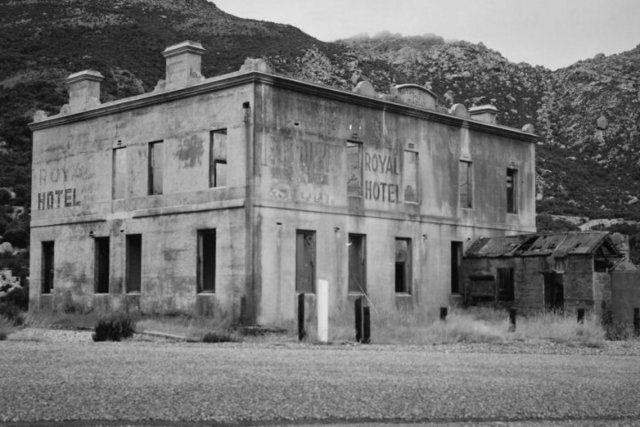
This is in North Wales
Cwmorthin, Gwynedd, Wales
Cwmorthin ,the Welsh town once had a strong mining community living in the village.
It is believed that Cwmorthin had inhabitants since the 11th century, but as the slate industry fell apart so did the village.
Since the 1940s, the town has been all but abandoned, leaving several houses and a slate quarry left to sit in silence.
Looking for photos of ‘The British’ which isn’t far from me.
There’s a few but Joadja is probably the nearest. It was a kerosene shale mining town. They knew what to do with kerosene but not the petrol so they burned it at night to keep the frost off their citrus trees.
I went there a few years ago, lots of brown snakes.
There was a railway with a steam engine taking the kero over the mountain, now it is just a track
Not near me but one I’d love to visit is Tyneham in Dorset that was evacuated in WW2 and no one was allowed to return. I believe it’s still quite as it was.
Has anyone been?
Up here in the Highlands is a great place to go Urban Exploring, there are so many abandoned places, old estates, manor houses, hotels, along with ruined castles.
It was a favourite Sunday Afternoon pastime for my family, sometimes the houses are still furnished and you step back in time, but you leave everything as it is and take nothing away with you.
Wow! I guess I don’t live in such a rural area as I thought! These photos are amazing!
Re Joadja Thanks for having posting.Bruce. Made fascinating reading @ Wikipedia.
The story of determined effort. To make extraction of Shale a viable enterprise. So early in Australia’s endeavour to build, on its Natural resources, quite remarkable.
Characterising and imbedding those stalwart colonials.
The origin, of the word Joadja created interest. Unable to find as being Bandjalang.
? Do you know its meaning or origin.
Curiously. Shale one of the few resources in UK. And its Fracking extraction, currently a topic of much controversy.
There are some pockets of wasteland here where I live, I don’t know what was there historically. Trainlines came, major road in & out of town, warehouses, nothing considered worth preserving. Stuff gets bulldozed and now multi million pound apartments go up. Here’ s a pic I took this morning round the back of Westfield London.
HS2 helps reshape a lot of west London in that respect. I’m sure that’s why it’s so important to Westminster.
Until you see France’s Ghost-Town Memorial to a WWII Massacre
After the war, General Charles de Gaulle decreed that the ruined village would remain untouched as a reminder of Nazi brutality.
Charred cars and gutted structures still line Oradour’s streets.
By Rick Steves and Steve Smith
Lost in lush countryside, two hours north of the most popular and scenic stretch of the Dordogne River, Oradour-sur-Glane is one of the most powerful sights in all of France, and worth going out of your way to see.
The “Village des Martyrs,” as it is now known, was machine-gunned and burned by Nazi troops on June 10, 1944 (four days after D-Day). With chilling attention to detail, the Nazis methodically rounded up the entire population of 642 townspeople, of whom about 200 were children. The women and children were herded into the town church, where they were tear-gassed and machine-gunned as they tried to escape the burning chapel. Oradour’s men were tortured and executed. The town was then set on fire, its victims left under a blanket of ashes.
The reason for the mass killings remains unclear. Some say the Nazis wanted revenge for the kidnapping of one of their officers (by French Resistance fighters in a neighboring village), but others believe the Nazis were simply terrorizing the populace in the wake of D-Day.
Today, the ghost town, left untouched for more than 70 years (by order of then-general Charles de Gaulle), is well known by French schoolchildren, most of whom make a pilgrimage here. A sign greets every pilgrim who enters with only one English word: Remember.
The village is well-signed for drivers coming north from Sarlat (from the north, take A-10 to Poitiers, then follow signs toward Limoges and turn south at Bellac). If traveling sans car, take the train to Limoges and either hop an infrequent 40-minute bus or call a taxi.
Many start an Oradour visit with a stop at its underground museum (Centre de la Mémoire), which gives a standard timeline of WWII events, shows haunting footage of everyday life in Oradour before the attack, offers a day-by-day account of the town’s destruction, and plays a dramatic 13-minute movie (subtitled in English). But the museum is pricey for what it offers, and not a must for appreciating the site. It is smart, however, to buy one of the inexpensive English maps sold at the museum’s bookstore, as the site has almost no posted information.
Above ground, hushed visitors walk the length of Oradour’s main street, past gutted, charred buildings and along lonely streetcar tracks. The modest church still has its bullet-pocked altar. Plaques on remaining buildings provide the names and occupations of the people who lived there. After passing several former cafés, butcher shops, and one hotel-restaurant, it becomes clear that Oradour was once not so different from the many Dordogne villages that now draw tourists for their small-town charm.
In the village cemetery, the names of all who died in the massacre on that June day are etched into a wall, and glass cases hold ashes of some of the victims. Nearby is a bunker-like underground memorial that displays the personal possessions found after the attack: eyeglasses, children’s toys, sewing machines, cutlery, pocket watches, and so on.
It’s shocking just how big and ruined the town is — a harrowing embodiment of the brutality and pointlessness of war.
Not exactly near where I live but being 200 km away, our capital Berlin, in particular the eastern part, is full of lost places which might give the impression that it is a ghost town. One example out of many is the former amusement park but there are bunkers, watchtowers, brownfield sites en masse.
rollercoaster tunnel Mdkoch84, Public domain, via Wikimedia Commons
More examples to be found here:
Helen , i live near Tynham and been many times. The village is as was but now the houses are just rubble . The school is well kept and the tiny desks and minute chairs the same . There were only about 12 children . The beautiful hidden cove a mile walk would have been just theirs to swim all day . They were well fed as had a farm and plenty of food . A happy community I’m sure. The houses were small and whole families lived together with just open fires . Fascinating history
Thank you for your reply Susan, that is so interesting.
It’s on my list to do this summer. I’ll be staying in Christchurch so not too far, I believe it’s only accessible by car is that correct?
Yes its very out of the way and a beautiful drive . You must walk to the beach its a beautiful private cove , about a mile in distance from the village . Take a picnic and chairs to spend the day . ( unsure if any toilets open) you’ll love it . Also there is a lovely old church beautifully kept and open to all .
P.S . Forgot to mention Tynham is only open on certain days as its still used by the army for target practice so closed about 2 or 3 days a week . Check online when its open when you arrive then you can arrange your day . Once or twice ive missed a day there as a gate across the entrance.
Thank you very much susanm that is very useful information. I’ll post once I’ve been!

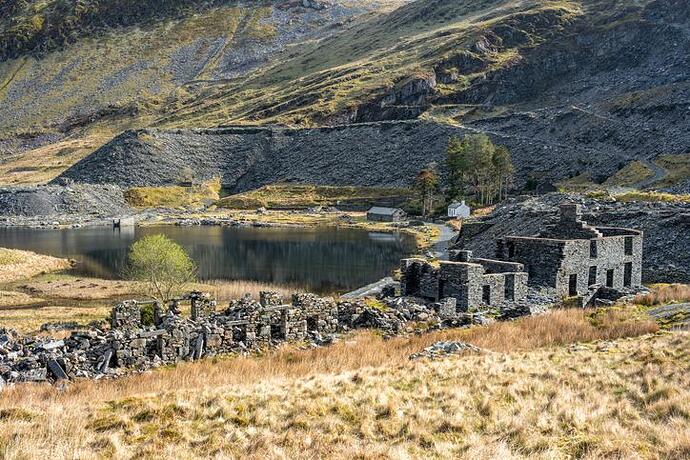
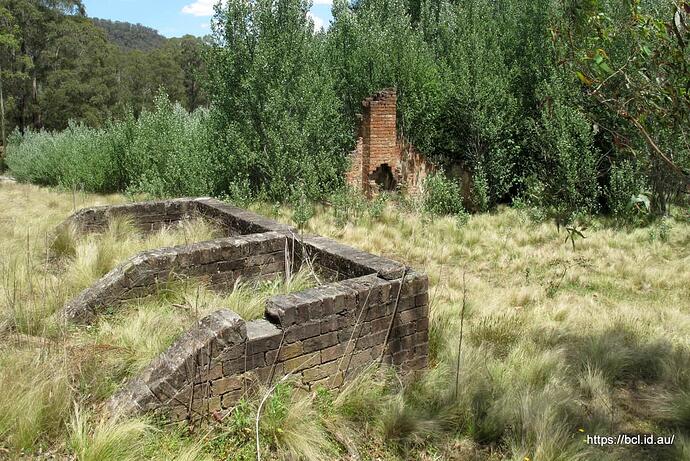
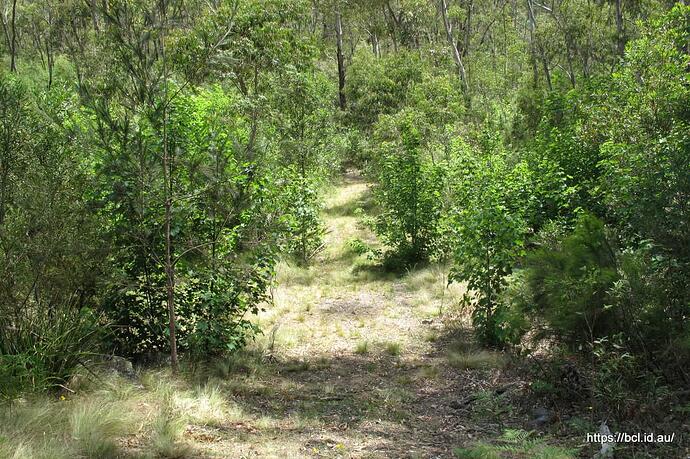
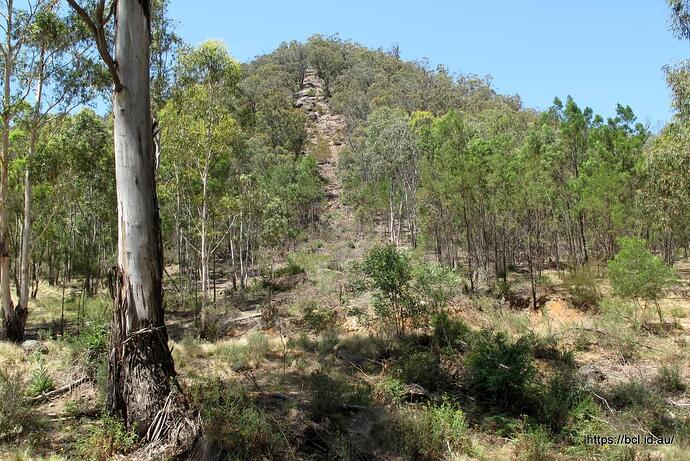
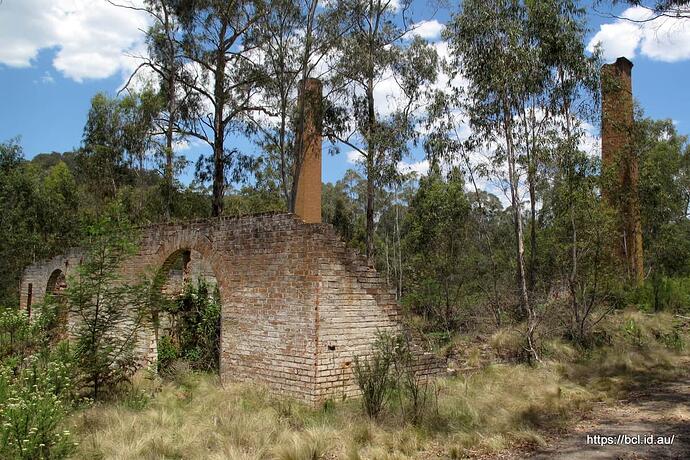
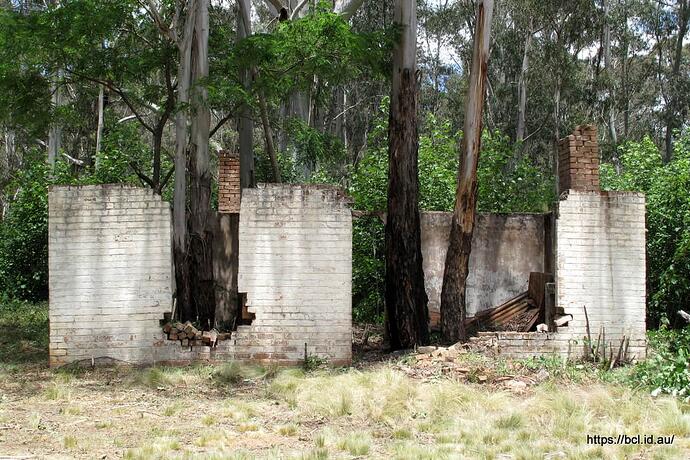
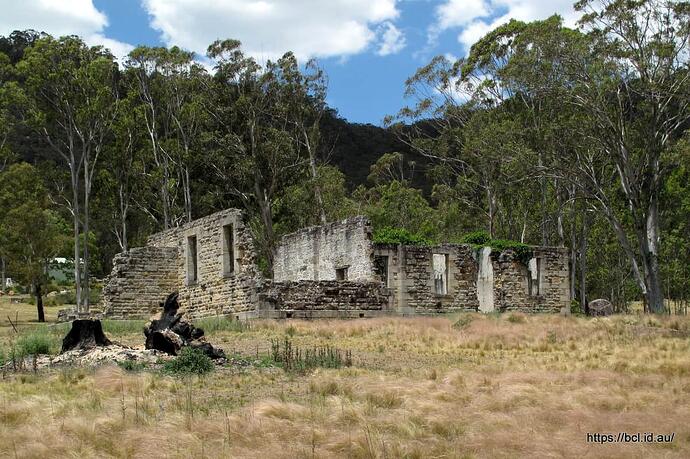
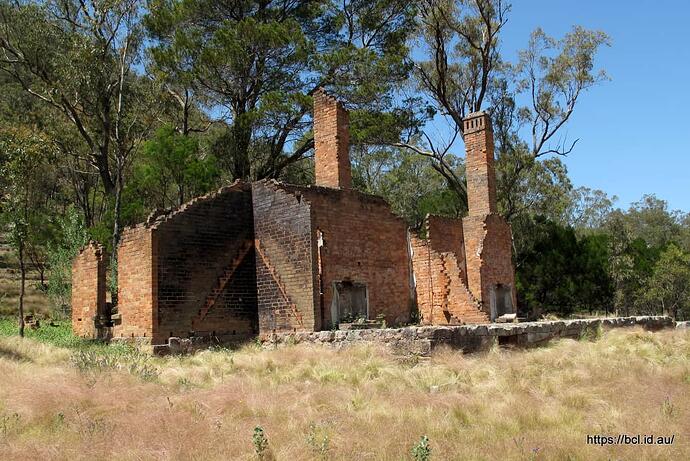
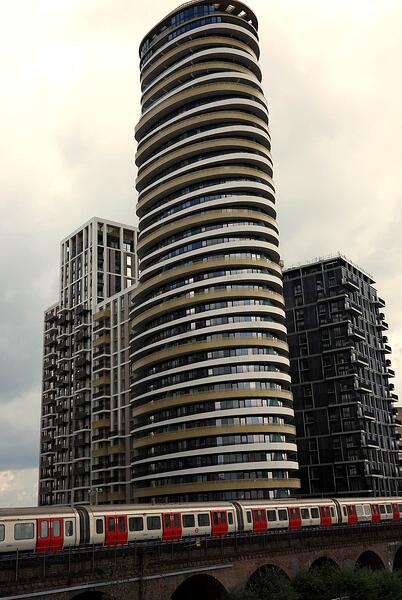
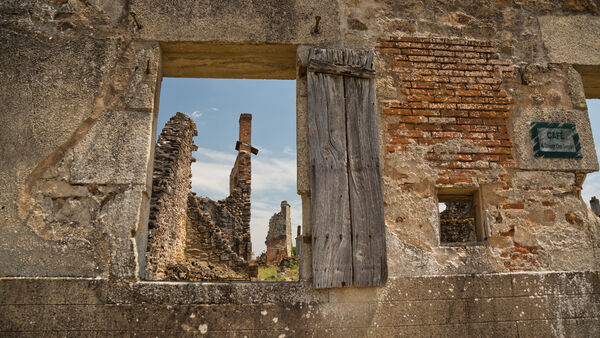


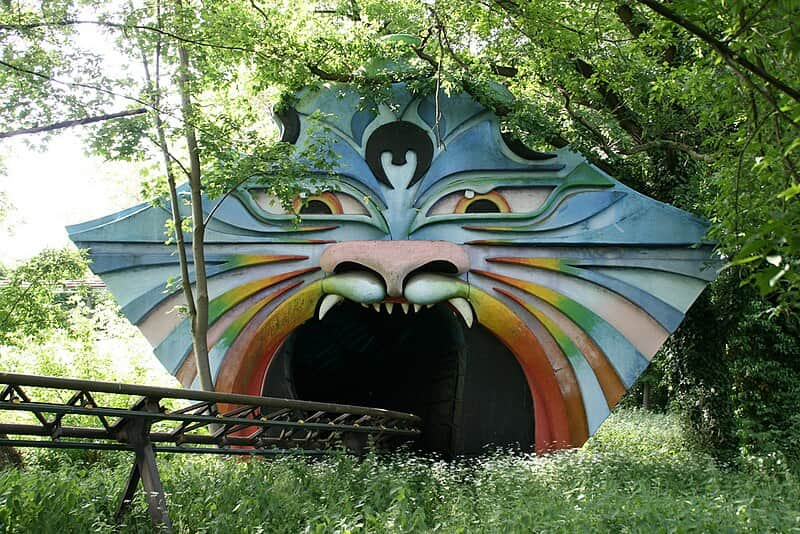
![The Specials - Ghost Town [Official HD Remastered Video]](https://img.youtube.com/vi/RZ2oXzrnti4/maxresdefault.jpg)